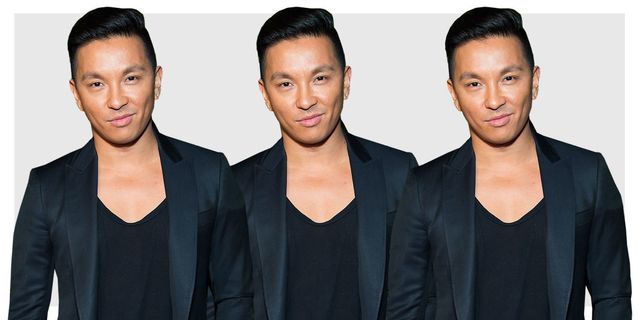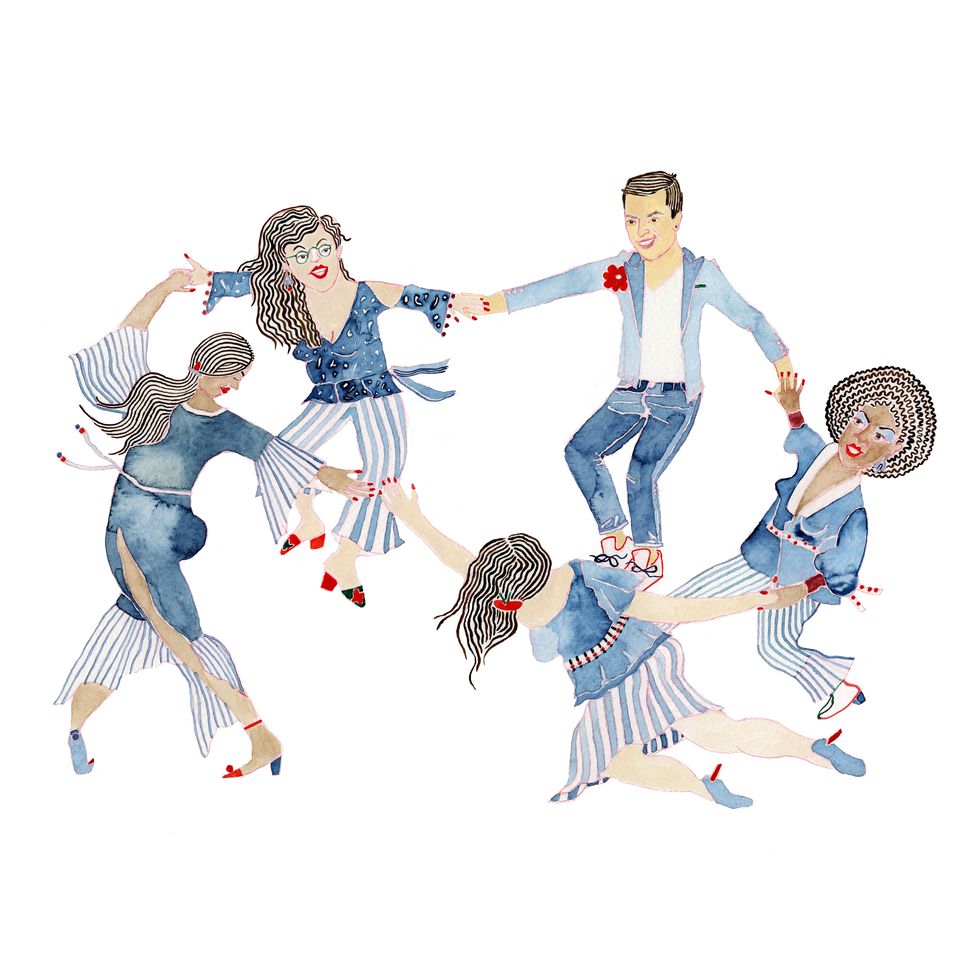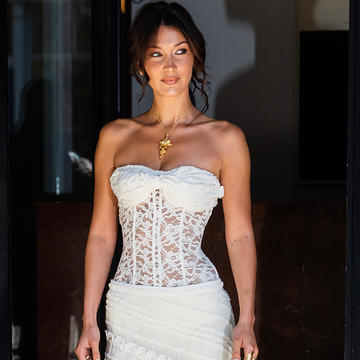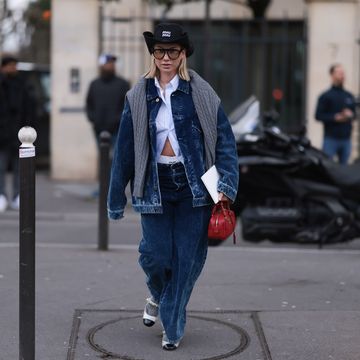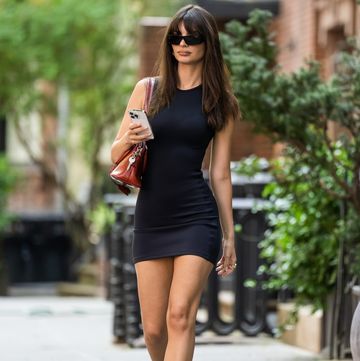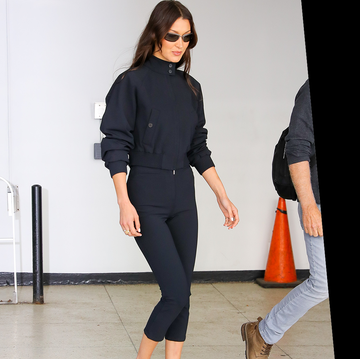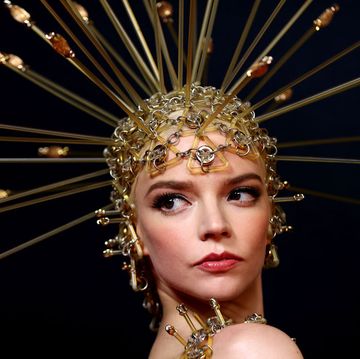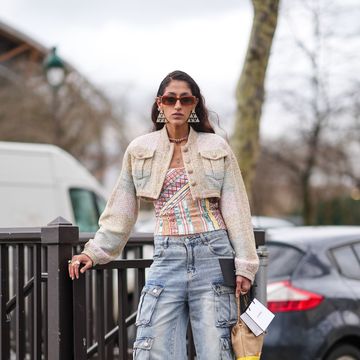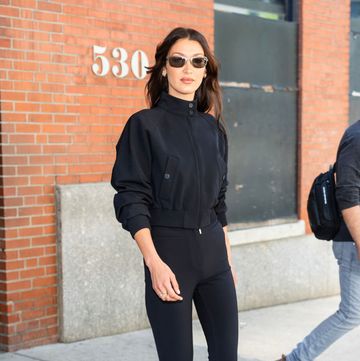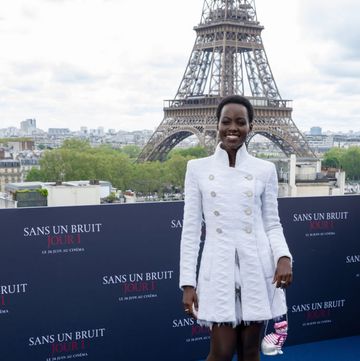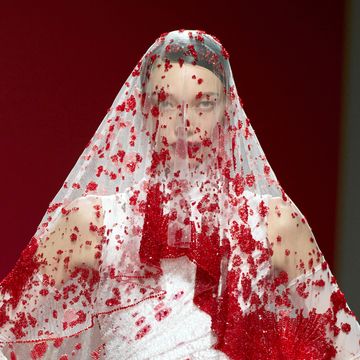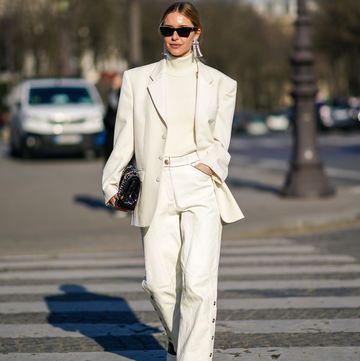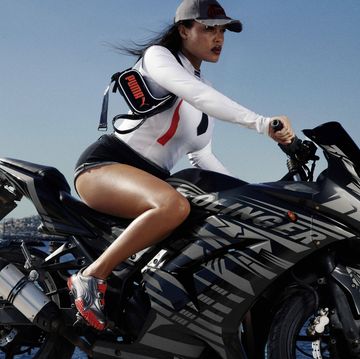I came to America sixteen years ago, knowing no one and bringing nothing but the hopes of pursuing my passion to become a fashion designer. In my homeland of Nepal, I was constantly told how different I was, a reminder that I did not fit the mold of my all-boys school. America gave me the opportunity to be my truest self — a creator — and the fashion industry gave me the home I needed to see my dreams realized.
Fashion is my language of choice. It is how I share my passions, my views. And the fashion industry, which has provided me with nothing but love and support for the past seven and a half years, has enabled me to make people think and to change a few minds by using my platform to be an activist for causes I care about. It has allowed me to make clothes that don't just hang on a hanger, but are also tools for opportunity and empowerment, for the women who make them and the women who wear them. In my short career, the industry has allowed me to advocate for my organization Shikshya Foundation Nepal, which brings complete education to children in my homeland. I am grateful to be able to do what I love.
Despite the opportunity and potential that I see in this industry, many others look at the fashion industry as being fake and frivolous. For me, it has been anything but; I see it as my mission to introduce new terminology into the language of fashion and reshape the common understanding of the industry and the women we dress.
As I reflect on the current situation in our country, a country that runs rampant with the othering of certain groups, I can't help but feel we are missing the point. This is supposed to be a country of acceptance, a country that is proud of being a melting pot of cultures. If I, a boy from Nepal with no industry or family connections, was welcomed into this country and accepted for my unique point of view, then shouldn't we provide the same courtesy to others as well? Shouldn't this feeling of inclusion extend to the women our industry serves? If fashion is a celebration of each of us, then all of us, not just those who fit society's ideal of beauty, should be celebrated.
Last winter, I was at a trunk show in Palm Beach — showing a collection to women in an intimate setting with our retail partners is one of my favorite parts of my job. I remember there was a curvier woman, amid a sea of sample-size ladies, who looked at and touched the samples with such a deep longing and desire for them. I encouraged her to touch them and even try them on, yet she could not bring herself to in fear that they would not fit, and therefore she still felt like an outsider looking in on the other women dressing up.
Not long after the trunk show, I sat on a panel that discussed issues around diversity on the runway. Our industry was being lauded for supposedly coming such a long way — our runways are more racially diverse than ever and have begun to habitually feature models who are transgender or gender-fluid. A woman from the audience raised the question of size, or rather the apparent lack of size diversity, pointing to a major hole in our industry. Our panel gave a dismissive "We'll eventually get to you ..." response, then moved on, as though the strides we had already made by being diverse in other ways made it OK to ignore the majority of American women.
As someone who was always seen as "different," I am well acquainted with the feeling that my needs were not mainstream enough to be met by society. I know what it feels like to be slighted, and I'm embarrassed that we as an industry have overlooked hundreds of millions of women.
Since the beginning, we have made our clothes available from a size 0 to a size 22; however, it is only the zeros through eights that get picked up by the retailers and hang beneath the chandeliers and above the marble floors on Fifth Avenue. Our goal has always been to create a luxury brand with a soul. We are striving toward becoming more sustainable; we pride ourselves on our social responsibility and accomplishments in Nepal; and above all, we want to be inclusive.
Soon after my experience at the diversity panel, I had seen a bus bearing Lane Bryant's "I'm No Angel" campaign. I realized that while some people were talking about body diversity as something that "we'd get to soon," others had already figured out how to turn a desire into action.
Realizing that it takes more than one to create a conversation and a movement, and understanding that I alone don't have all the answers, I decided to partner with Lane Bryant on two special collections celebrating women of different shapes and sizes, to give them access to luxury without compromise and to bring plus into the mainstream fashion industry and conversation. These women, like all women, deserve to know the feeling of getting dressed with excitement, joy, pride, and poise. It is their narrative to pave, and I wanted to be able to give them a beautiful space, full of options, offering something new, as so many have dictated the few colors or styles they should be wearing.
We are proud to offer a wide range of designs that can take these women from the boardroom to the ballroom, and to a weekend off duty in between. We are showing everything we have in our runway collections — versatile dresses, beautiful chunky knits, billowy skirts, and architectural jumpsuits. Inspired by Paris, the collection boasts wonderful styles in romantic tones of midnight, sky, snow, rouge, garnet, and blackberry, not unlike the palette of our recent fall collection.
Because I'm committed to offering clothes for every aspect of a woman's life, I've also launched Prabal Gurung Sport, in collaboration with Bandier, to offer fitness wear from an extra small to a double extra large. I am inspired by and admire woman of all ages, shapes, sizes, and color, so why not design for them?
We are at a turning point in our industry, a fork in the road where industry leaders have to make a choice: do we stay on the path we know and continue to design for the same women, or do we instead try a new approach? We have spent countless years understanding, admiring, and appreciating some of the women in our world. It is now time to get to know and respect the rest.
Prabal Gurung is an award-winning fashion designer born in Singapore and raised in Kathmandu, Nepal. He launched his eponymous collection in New York in 2009, and his designs have since been worn by First Lady Michelle Obama and the duchess of Cambridge, among others. He will be launching a capsule collection with Lane Bryant in March of 2017.
